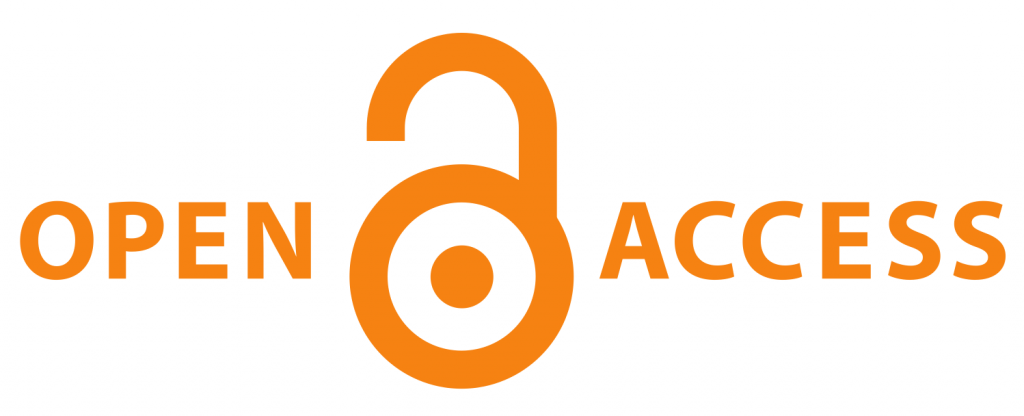Article Type
Original Article
Section/Category
Pedodontics
Abstract
Objective: Comparing EMLA cream versus mucosal vibration or pre-cooling systems as preanesthetic techniques to reduce pain associated with dental injection in children. Materials and Methods: Fifty children categorized as positive or definitely positive according to Frankl scale (behavior rating scale) and aged from 5-7 years were selected. They were indicated for bilateral inferior alveolar nerve block for dental treatment and selected from the pediatric dental clinic, Faculty of Dentistry, Mansoura University. Children were randomly divided into two equal groups, in which the injection site was prepared using mucosal vibration with electric tooth brush in group (A) and pre-cooling with iced cotton bud in group (B). In both groups, EMLA topical anesthetic cream was used in the injection site of opposite side as a control. Pain perception was assessed using Wong-Baker Faces Pain Scale (WBFPS) and Sound, Eye, and Motor scale (SEM). Data were collected, tabulated and statistically analyzed.Results: Pain perception during injection was significantly lower in the EMLA compared to the pre-cooling technique. However, there was no statistically significant difference between EMLA and vibration as indicated by WBFPS (P < 0.05). Regarding SEM scale, there was no statistically significant difference in the behavioral feedback of children during injection. However, better results were shown with EMLA followed by vibration then pre-cooling. Conclusion: EMLA topical cream and vibration techniques were more effective than pre-cooling technique in reducing the pain associated with local anesthesia injection.
How to Cite This Article
Eissa E M, Wahba A H, Awad S M.
Comparison of EMLA Cream versus Mucosal Vibration or Pre-cooling Systems as Topical Anesthetic Agents in Children.
Mans J Dent.
2022;
9(1):
22-26.
Available at:
https://doi.org/10.21608/mjd.2022.226772
Creative Commons License

This work is licensed under a Creative Commons Attribution-NonCommercial-No Derivative Works 4.0 International License.








